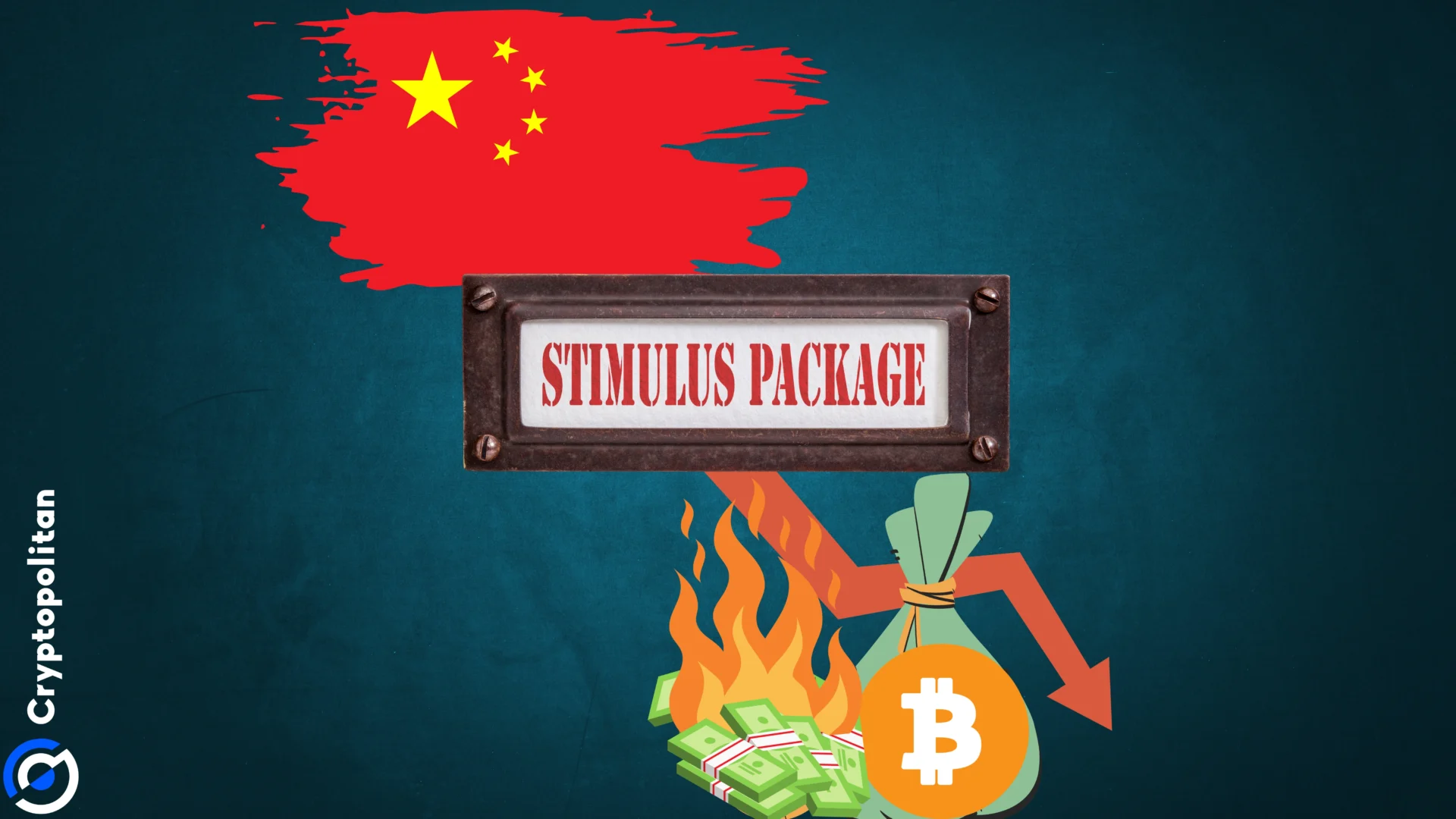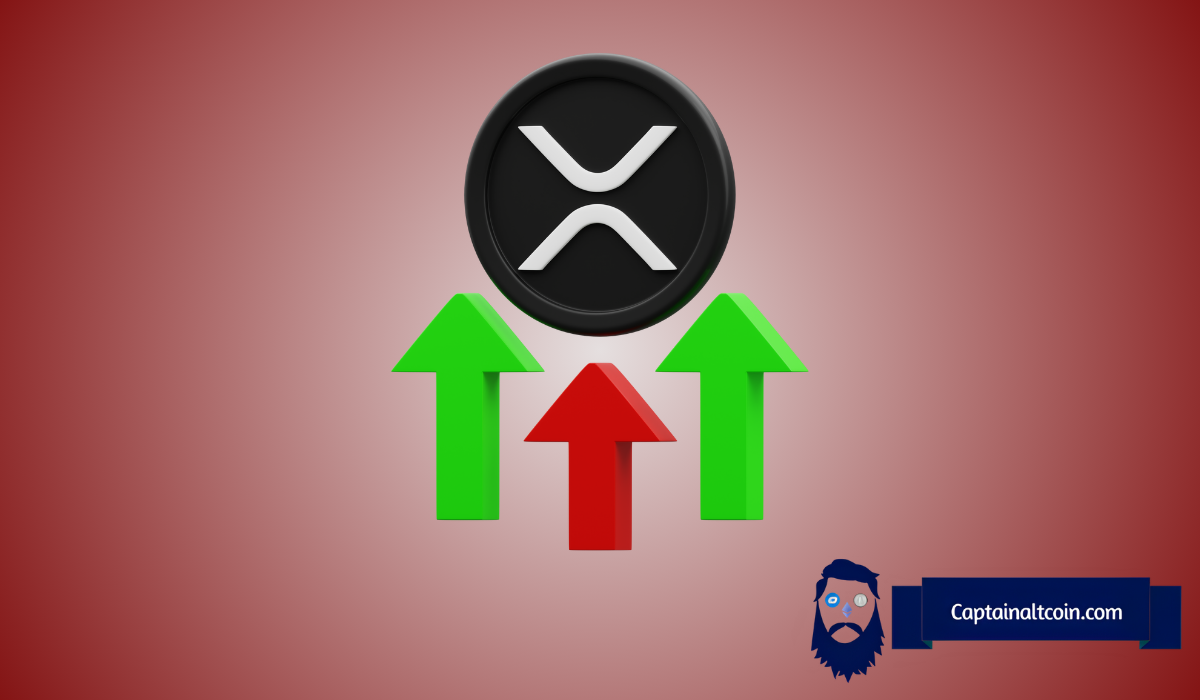
Swiss investment bank UBS predicts that Beijing’s fiscal stimulus package, estimated to be between RMB 1.5 trillion and RMB 2 trillion, will cause many investors to pull out of cryptocurrencies and move their capital into traditional assets.
Wang Tao, UBS Chief China Economist, explained in a report that Beijing could be working with a broader figure (between RMB 2 trillion and RMB 10 trillion, which equals 1.6% to 8% of China’s GDP).
Stabilizing China’s real estate market
The Chinese government’s fiscal efforts seem largely geared towards stabilizing the real estate market, which has been struggling for a while now.
Wang pointed out that an uptick in stimulus is essential to offset the downturn in real estate and to revive corporate and consumer confidence.
A weak real estate market has been dragging the economy down, and without an injection of funds, it could continue to spiral.
If the Chinese economy manages to stabilize, it might grow by around 5% over the next two years thanks to these stimulus measures.
UBS expects the first set of fiscal measures to drop right after the National Day holiday or around the release of the third-quarter economic data, set to come out on October 18.
More is expected next year, possibly around the Central Economic Work Conference in December. What’s on the table includes RMB 2 trillion to RMB 3 trillion in fiscal expansion in 2025.
Heavy spending for recovery
So far, China has rolled out a comprehensive stimulus package worth an estimated RMB 7.5 trillion ($1.07 trillion), which accounts for roughly 6% of the nation’s GDP.
Key measures include mortgage debt relief, liquidity injections, and interest rate cuts, all aimed at getting the economy back on track.
Beijing is using RMB 2.5 trillion for mortgage debt relief to cut down on servicing costs for homeowners, especially those buying a second home.
The minimum down payment for second-time buyers was slashed from 25% to 15%, all in a bid to get the housing market moving again.
The People’s Bank of China (PBOC) has also cut the Reserve Requirement Ratio (RRR) by 0.5 percentage points, which is injecting around RMB 1 trillion into the economy.
It could go further with an additional 0.25 to 0.5% cut, depending on market conditions. On top of that, there have been rate cuts for seven-day and medium-term lending facilities by 0.2 to 0.25%.
Support for local governments is also a priority, with RMB 2 trillion allocated for special sovereign bonds, aimed at encouraging consumer spending and keeping things afloat at the regional level.
Major state-owned banks have been earmarked for a RMB 1 trillion recapitalization to help them keep lending despite the economic pressure.
The last time China rolled out such large-scale stimulus efforts was during the 2008 financial crisis, and it focused on infrastructure and social welfare spending.
Back then, China unleashed RMB 4 trillion, about 13% of its GDP at the time, which resulted in a 9.2% GDP growth rate in 2009.
The funds helped shield it from the worst effects of the global recession, and the quick rebound sent a clear signal that Beijing knows how to manage its economy.
Fast forward to 2020, China responded to the COVID-19 pandemic with another massive fiscal package. This one was worth RMB 3.6 trillion, around $510 billion, 2.5% of China’s GDP.
And while it helped stabilize the economy, the long-term effects were much less dramatic.











